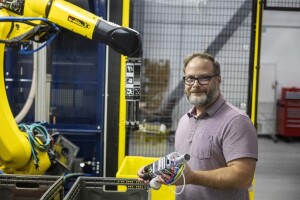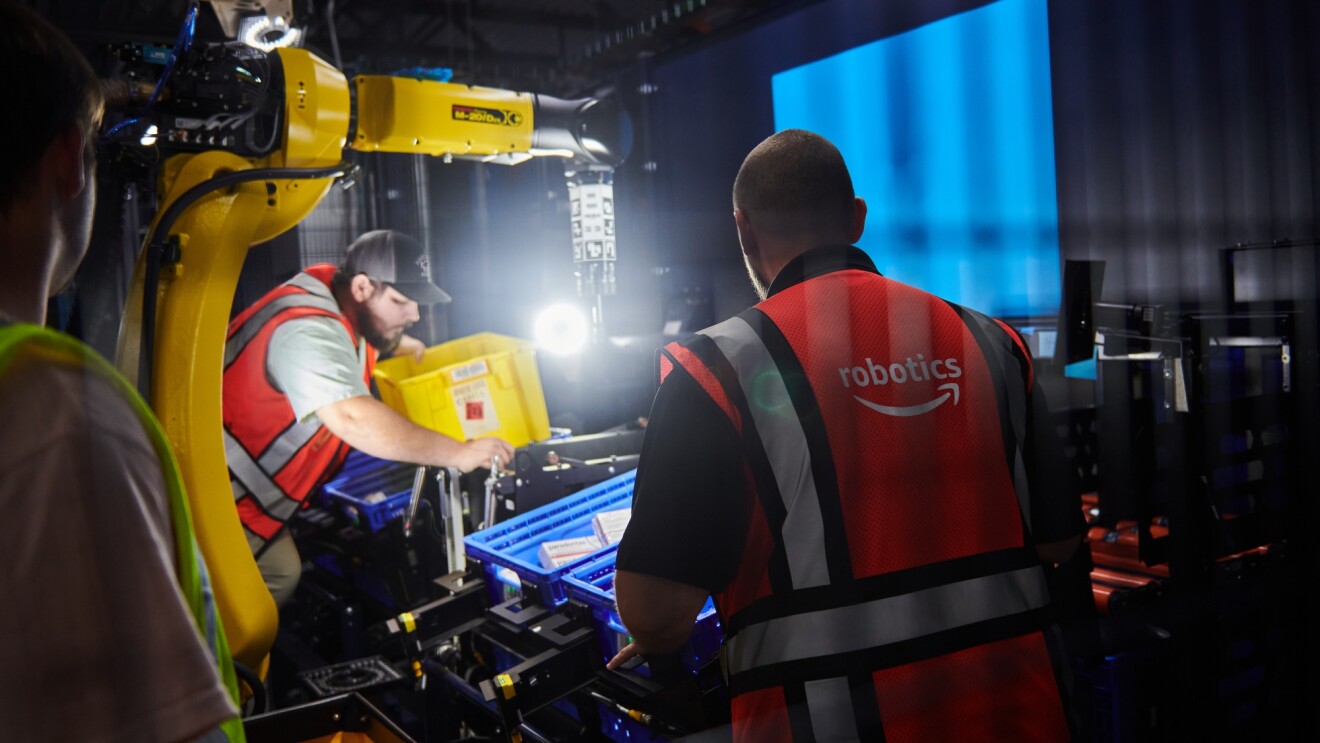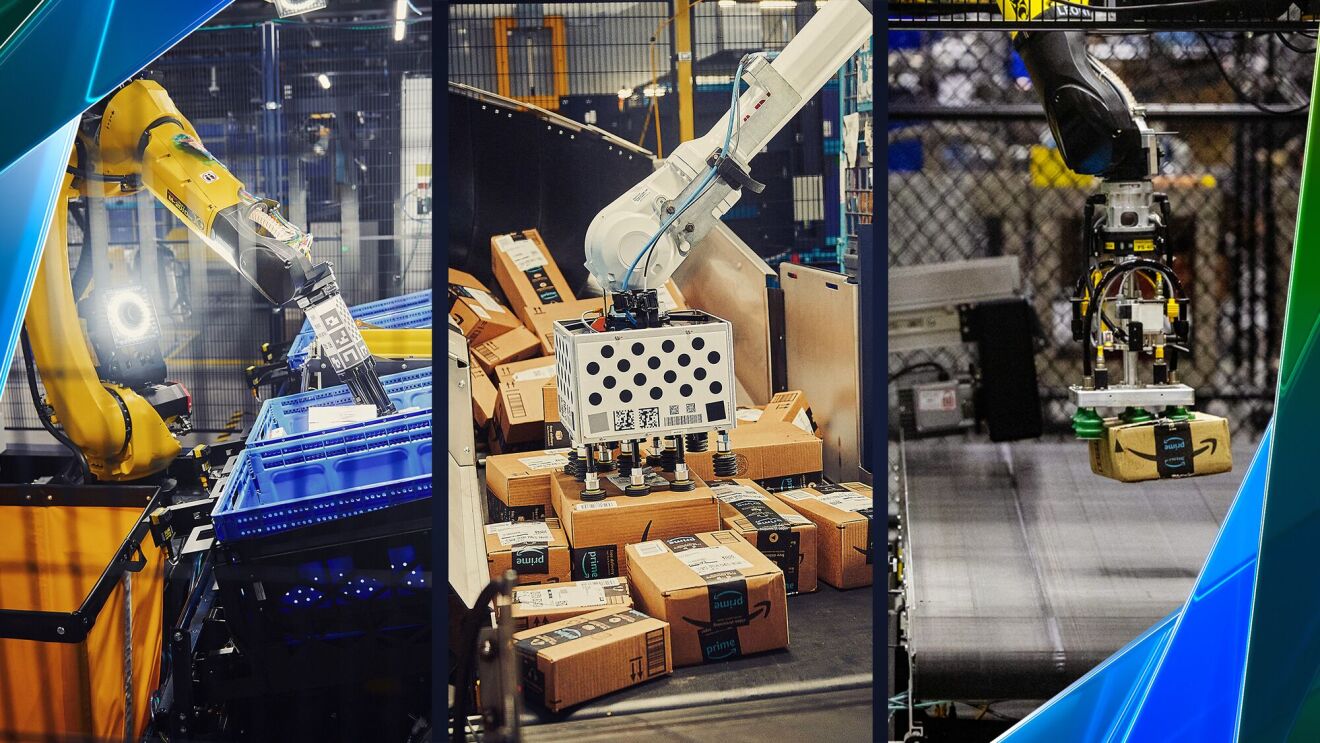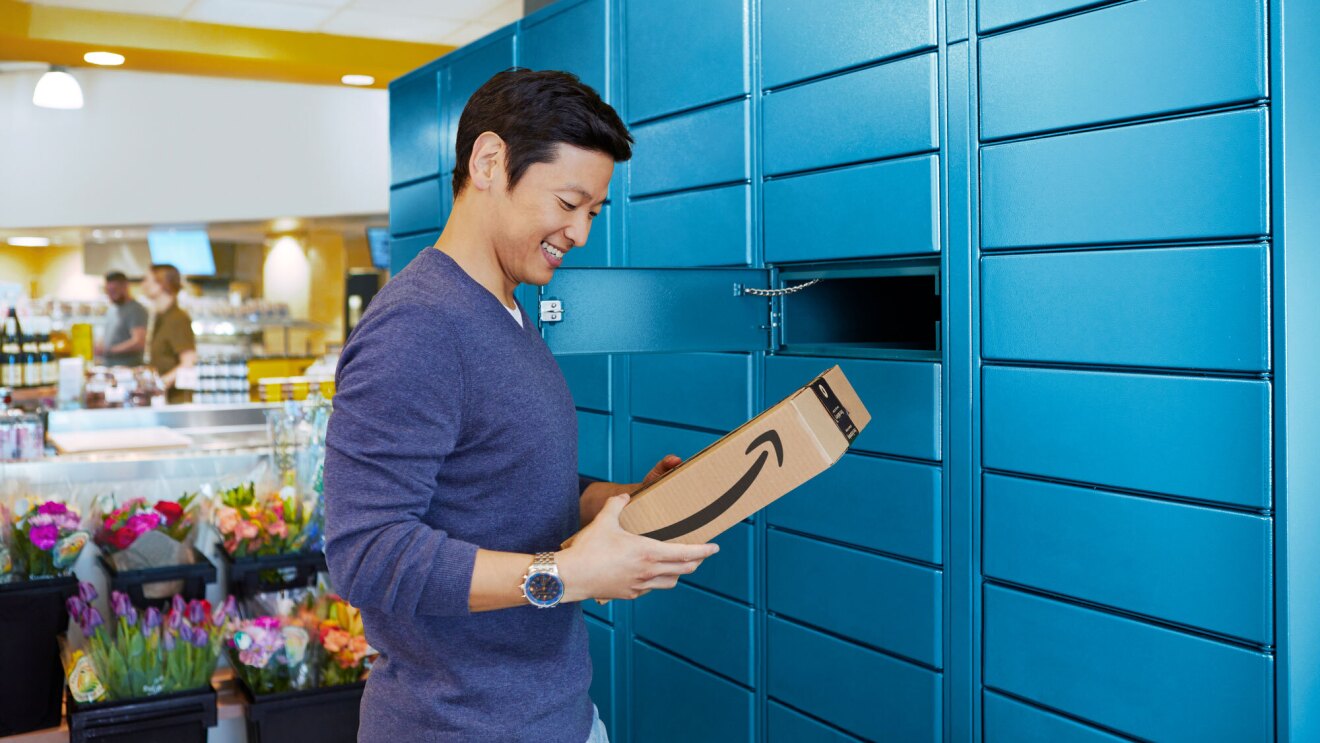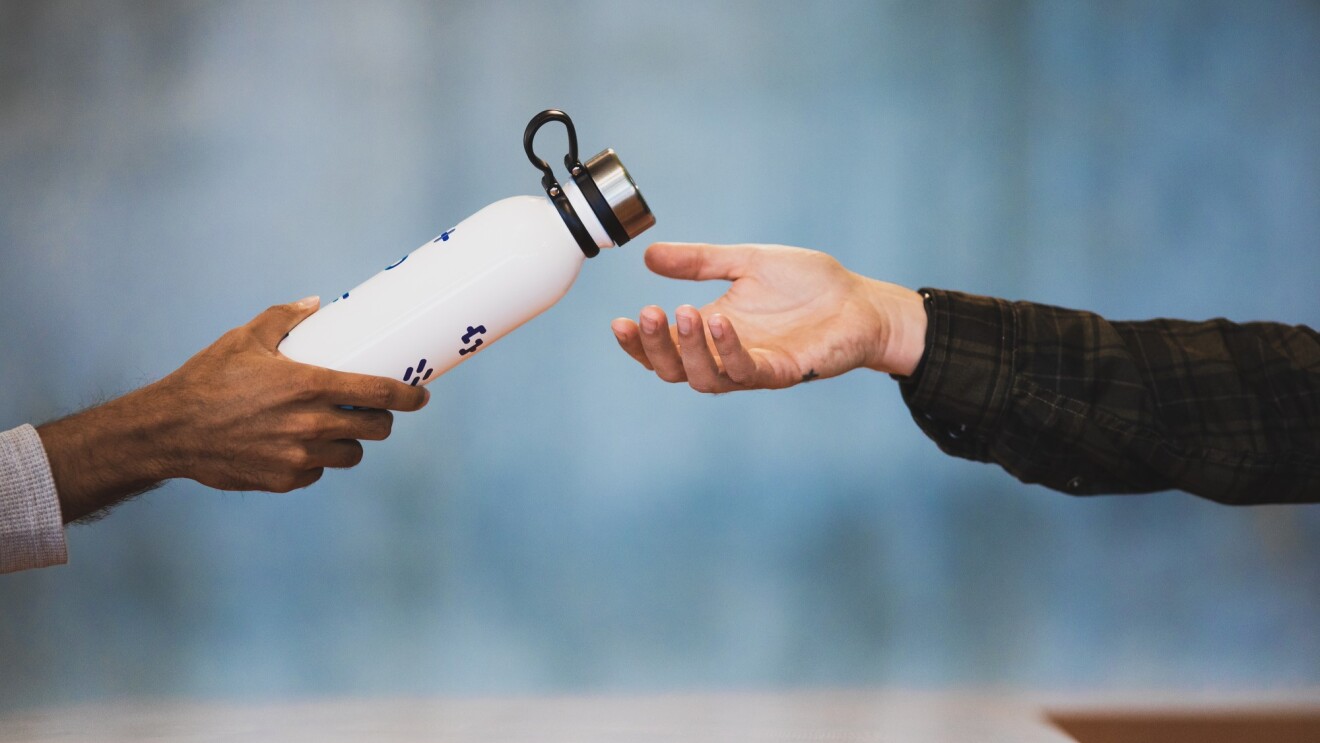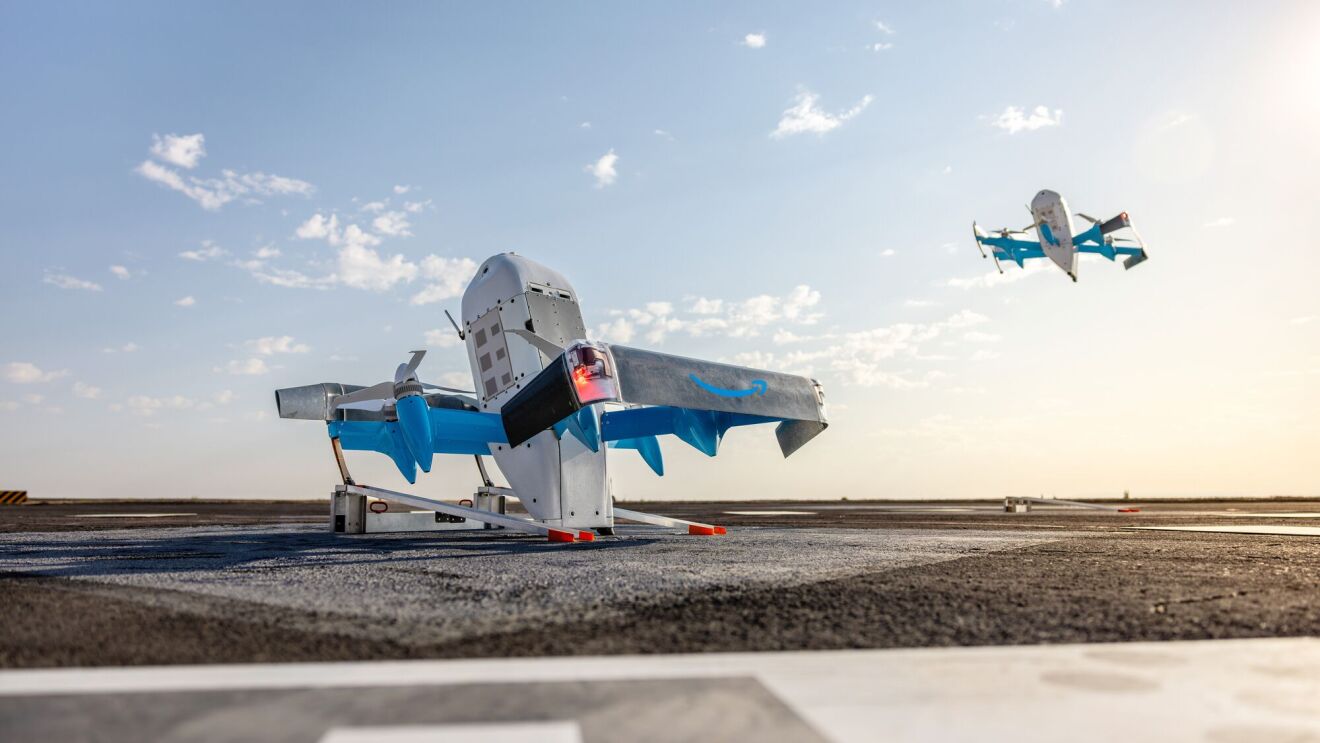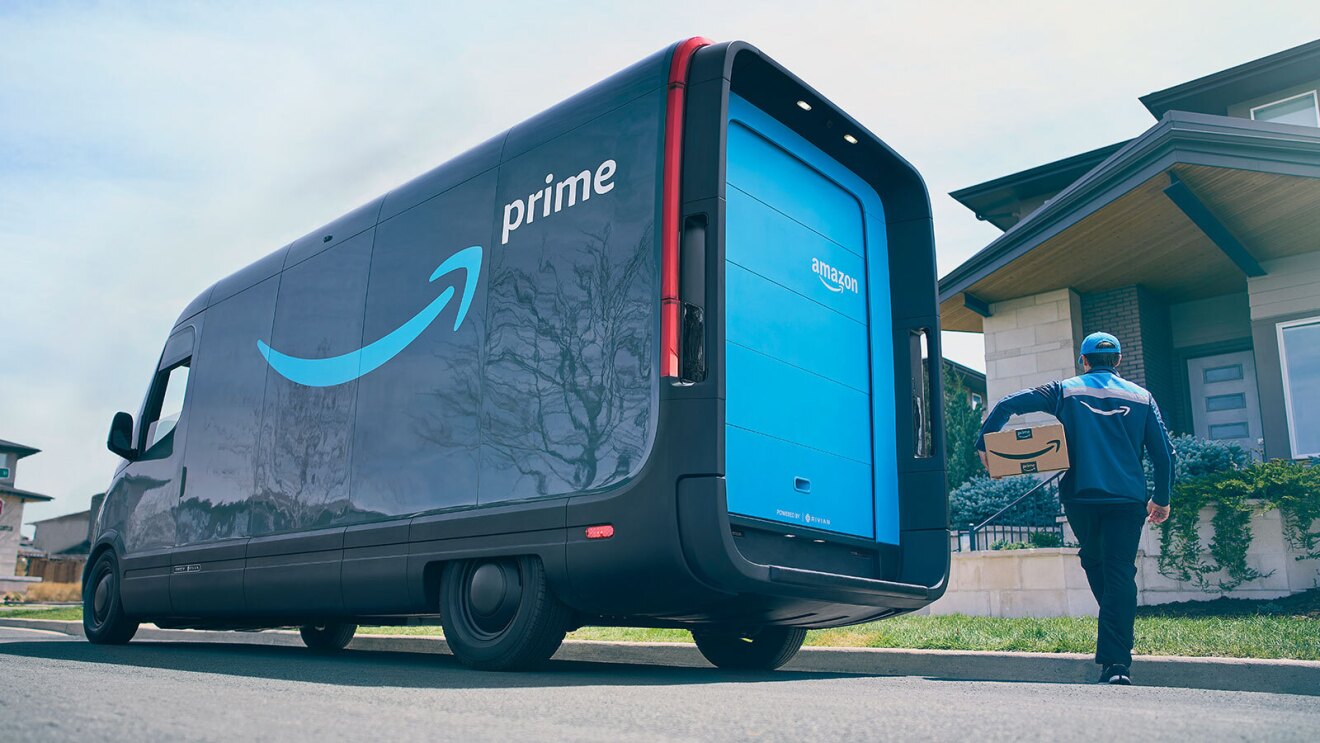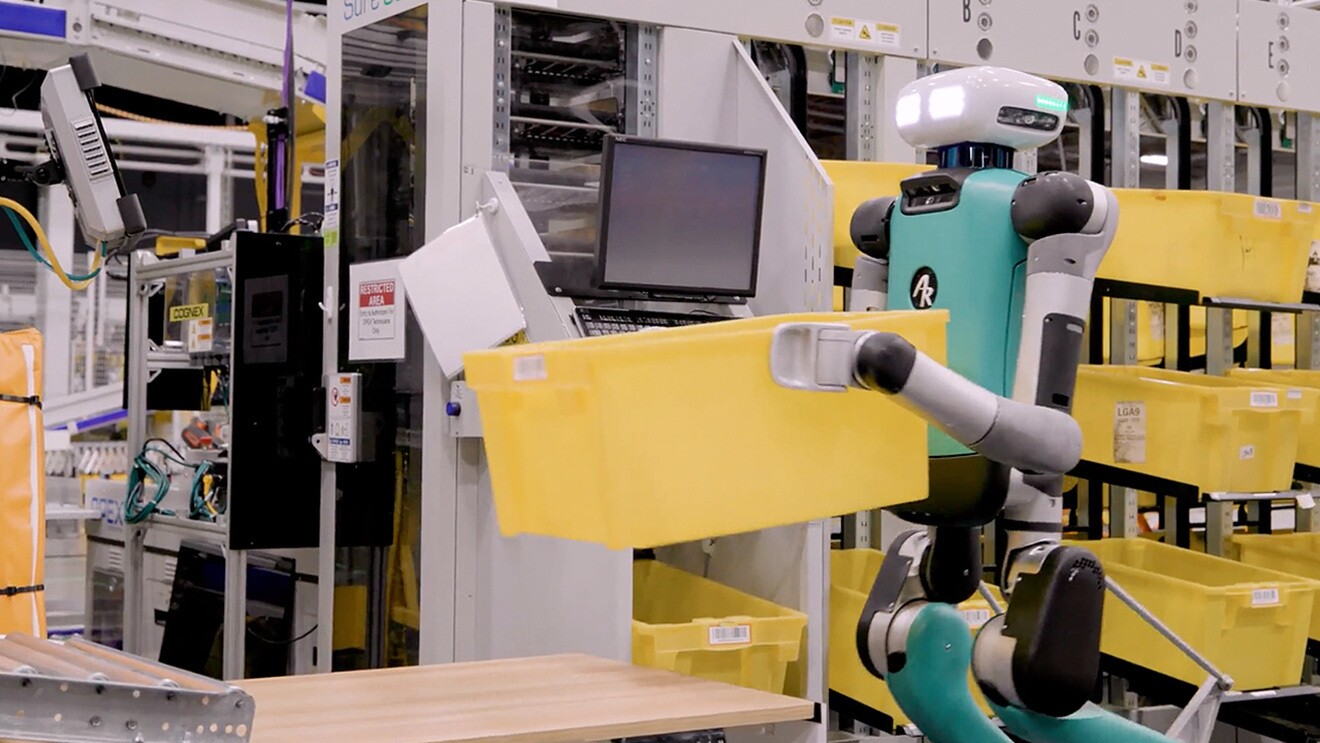The small, picturesque town of Sumner, Washington is home to one of Amazon’s most innovative facilities. Nestled among the trees just below the Sumner hillside sits the Amazon Robotics research and development hub where we test new fulfillment center technologies and packaging innovations before they’re introduced to our global operations.
The facility processes small number of customer orders each day, operating like a mini fulfillment center while testing cutting-edge technologies, from robots to ultra-efficient product storage solutions. In addition to running a live customer fulfillment operation, the facility also houses a packaging innovation lab that helps test and develop more sustainable packaging.
We took a tour to get a sneak peek at all of the research and innovation going on inside. Keep reading for the full tour.
The Pacific Northwest is known for its natural beauty, and Sumner, Washington is no exception. As we headed into the research facility, we found an abundance of beautiful green trees surrounding the building.

Though the exterior looks like any other building in the area, we knew we were in the right place when we saw the large “Robotics” sign greeting us in the lobby.
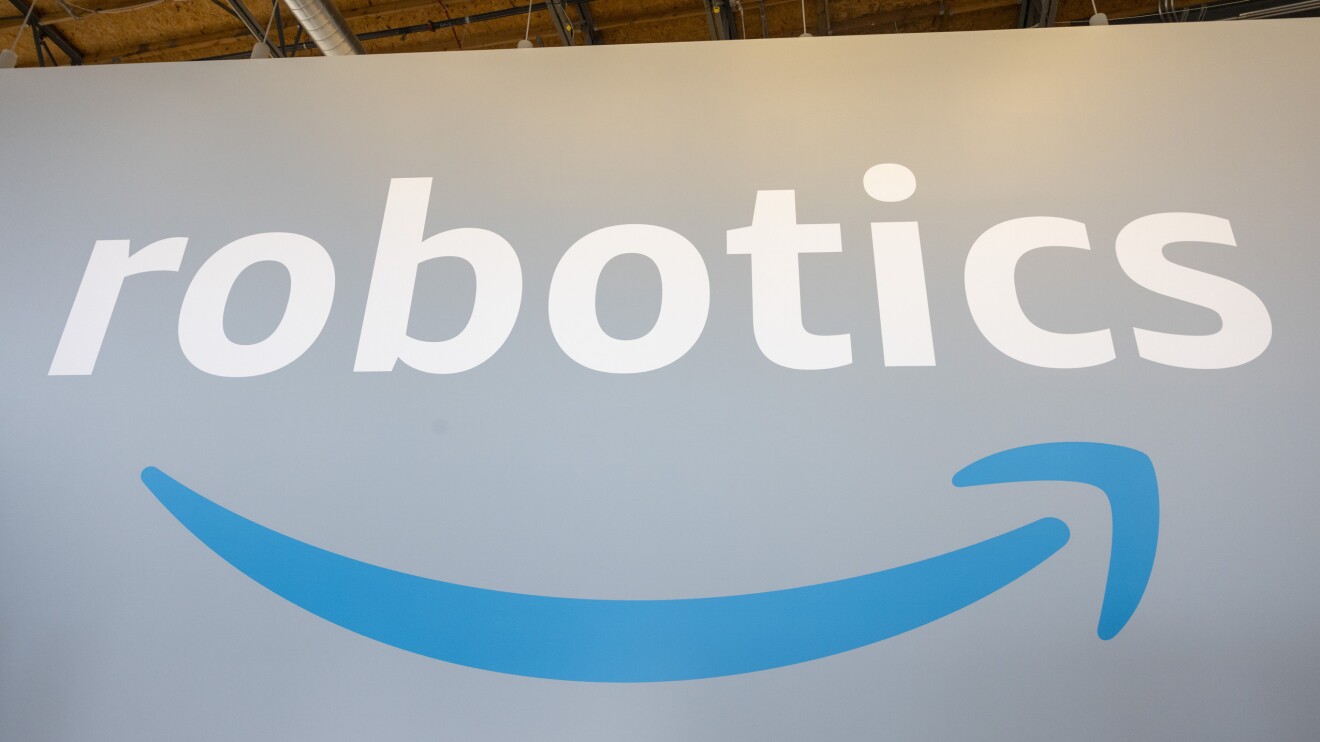
The first stop on our tour was to check out the catwalk overlooking the operations floor. This is a unique view at Amazon, showing a top-down perspective of robots working to fulfill customer orders. Because this is a testing facility with limited production, there is only one pod moving through each aisle. Some of our larger operation sites around the world have floors that are seven to 10 times the size of this floor, with aisles up to four to five pods wide.
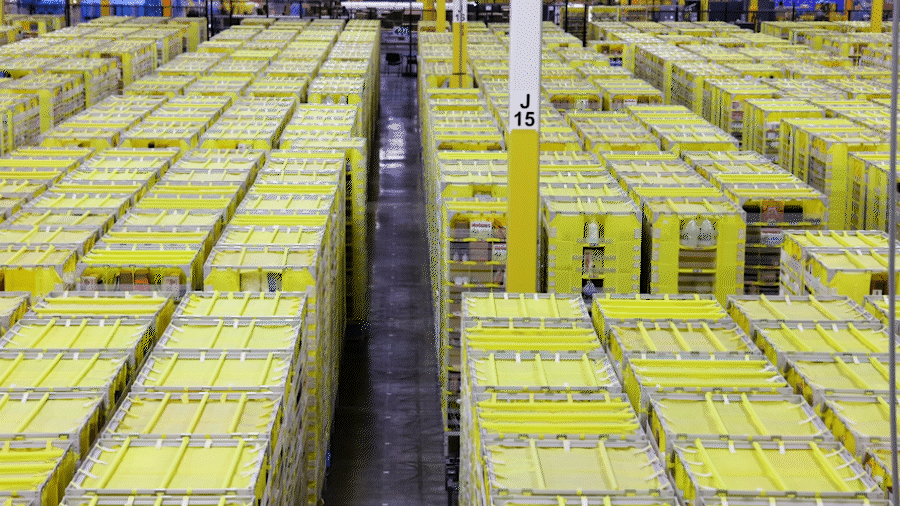
As we made our way along the catwalk, we spotted a large wall of plants—960 square feet of plants, to be exact. There are various sensors embedded on the wall to monitor moisture, electrical conductivity, PH, and Co2. Data from the wall is used to help the Amazon Horticulture and AWS Software teams develop advanced, machine learning tools that will monitor and predict plant health and detect anomalies . The technology will also be used inside the Spheres, Amazon’s urban rainforest in the heart of downtown Seattle.
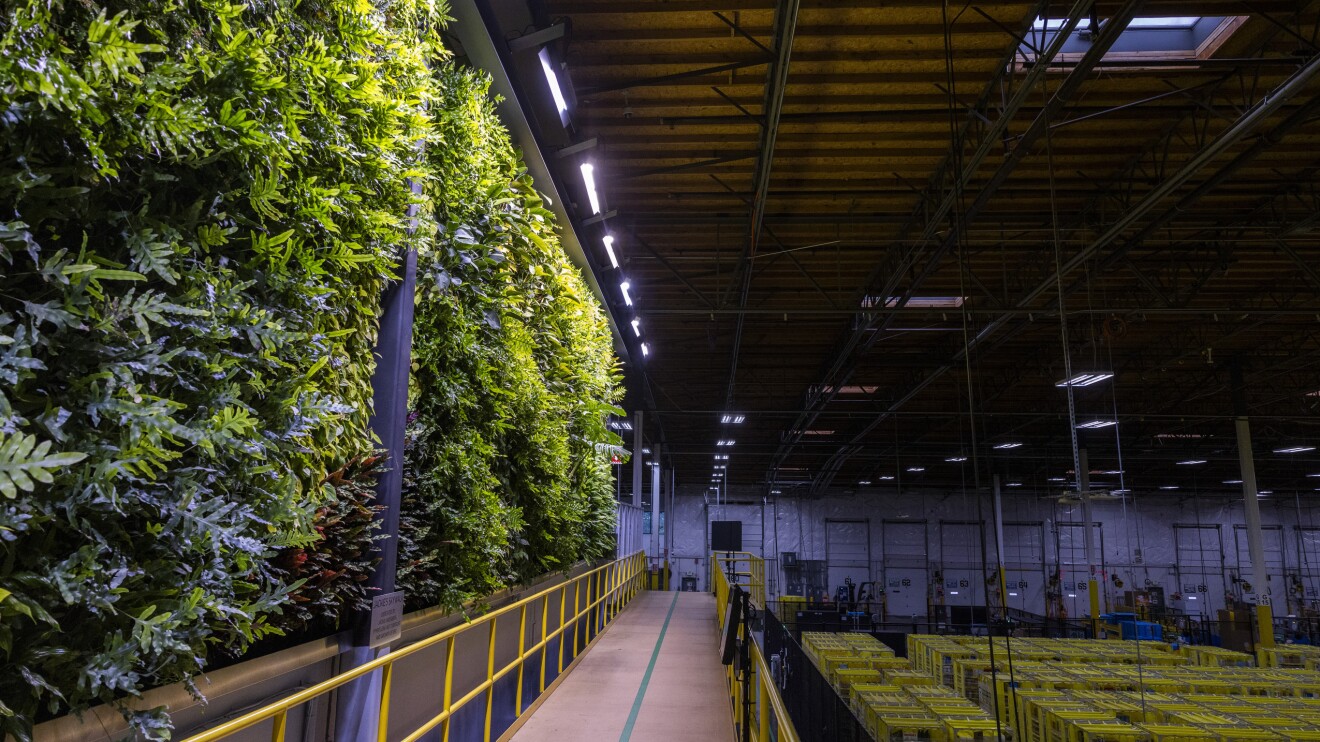
Heading down to the main level, our next stop was a display showing some of the technology that has been researched and developed at the facility. The display offered a quick glimpse at the history of Amazon Robotics since Amazon acquired robotics startup Kiva Systems in 2012, with the earliest versions of our mobile drive units on a lower shelf, and the newer versions toward the top. These particular robots are part of our Hercules line, which carries product across fulfillment centers, lifting up to 1,250 pounds. Fun fact: Our mobile robots were the first robotic systems introduced to Amazon’s fulfillment centers.

The display gives a rare peek at what these robots look like on the inside.
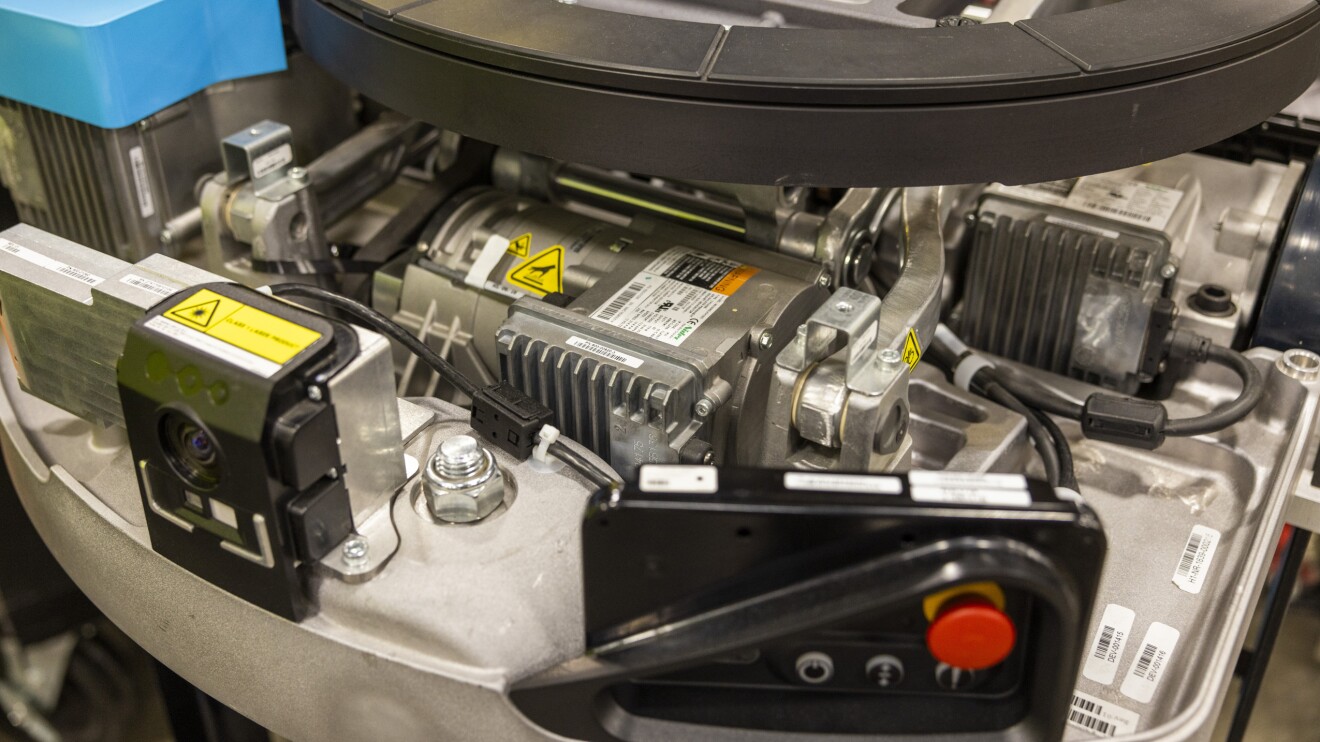
It also includes an example of an Amazon Robotics service vest, which helps employees interact with the robots safely. The vest creates a wireless zone that signals for the robot to slow down then come to a complete stop until the employee has moved out of range.
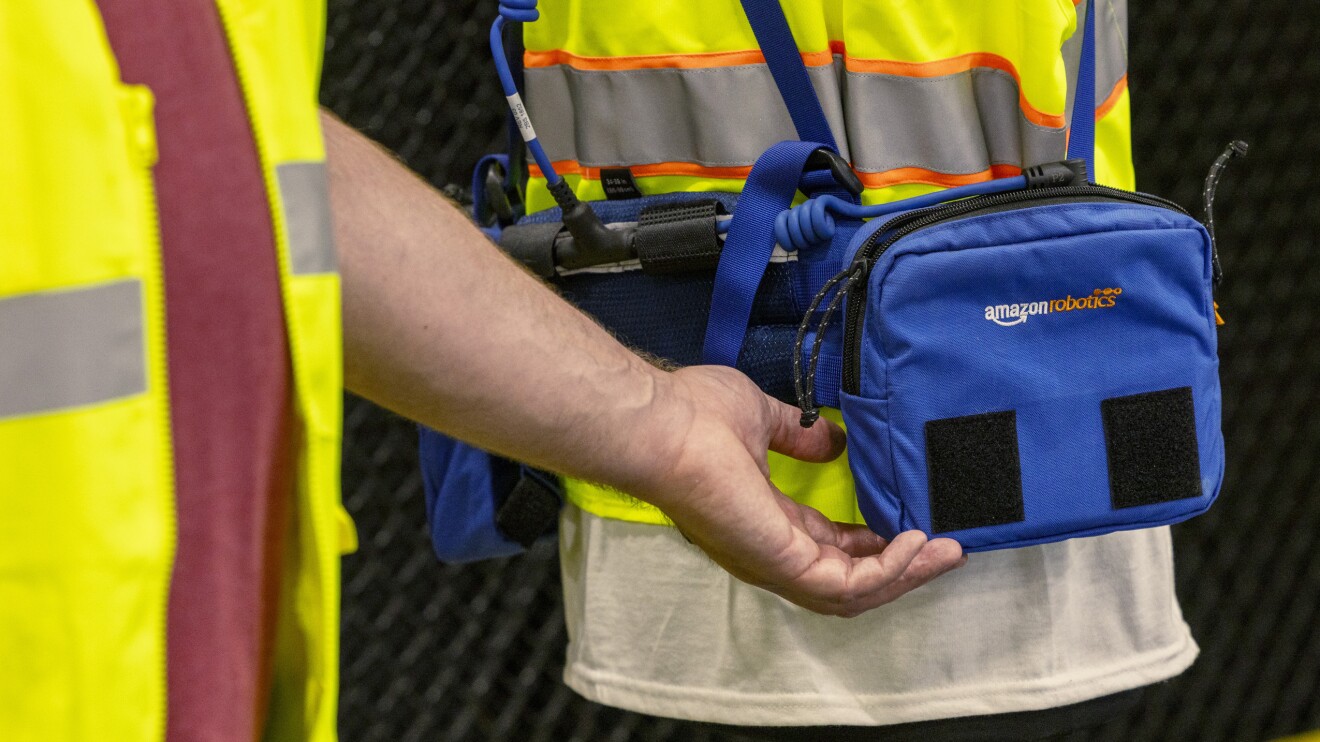
Just behind the display, we spotted the robot maintenance area, where the facility does upkeep for the robots onsite.
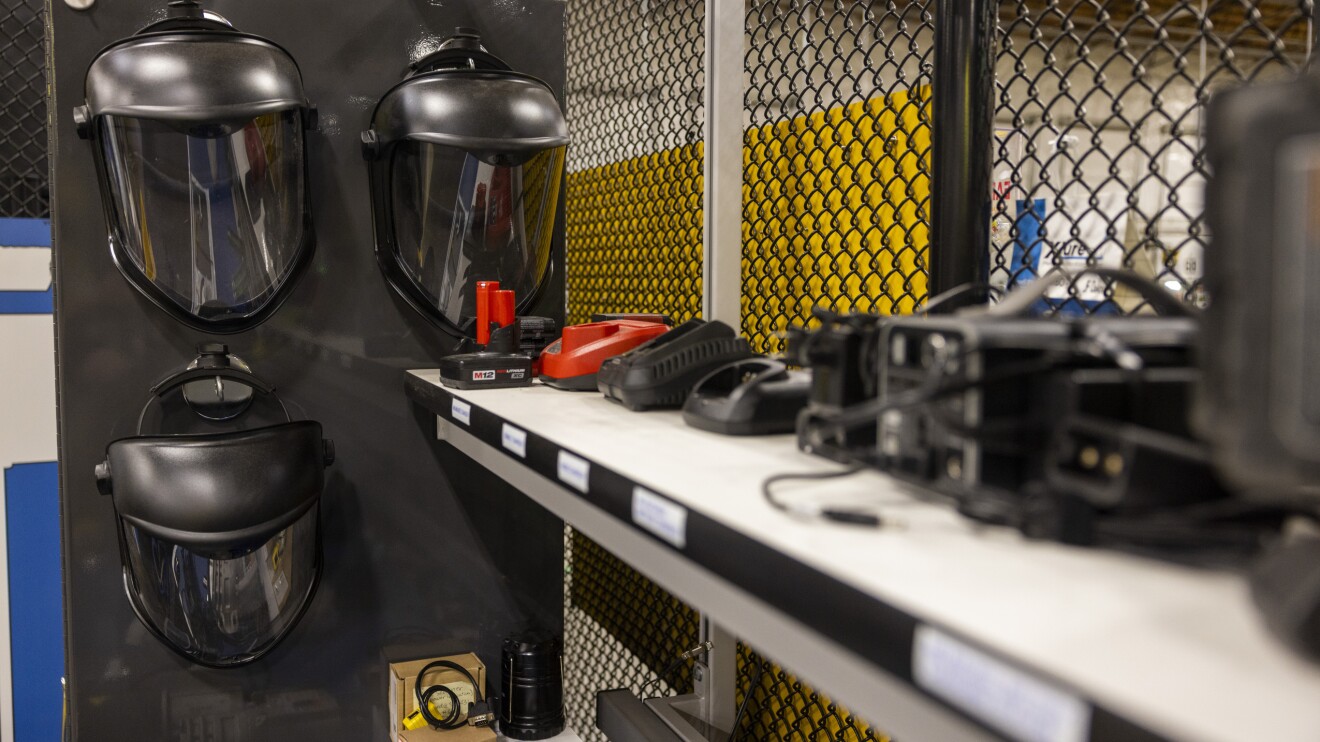
Our next stop was a machine that creates packaging in real time during the fulfillment process. The machine makes each package to fit the product and helps reduce waste.

We also stopped by a lab where researchers are testing new hardware, software, and materials to help make our packaging more sustainable. Here, we saw a new machine that makes made-to-fit recyclable packaging from paper materials. The new innovation will help reduce plastic use and waste by minimizing the amount of material we ship per package, all while providing the customer with an easy-to-open experience.

From there, we headed to the Packaging Lab where lab technicians run a series of tests to identify items that can be shipped in their original packaging from the manufacturer. The tests are meant to simulate all scenarios of the delivery and fulfillment process, like drops, slams, and pressure. When an item passes the test, we use AI to identify more products with similar packaging across our stores and work with selling partners to ship them without additional packaging. We also work directly with selling partners to innovate and create new packaging that can qualify.
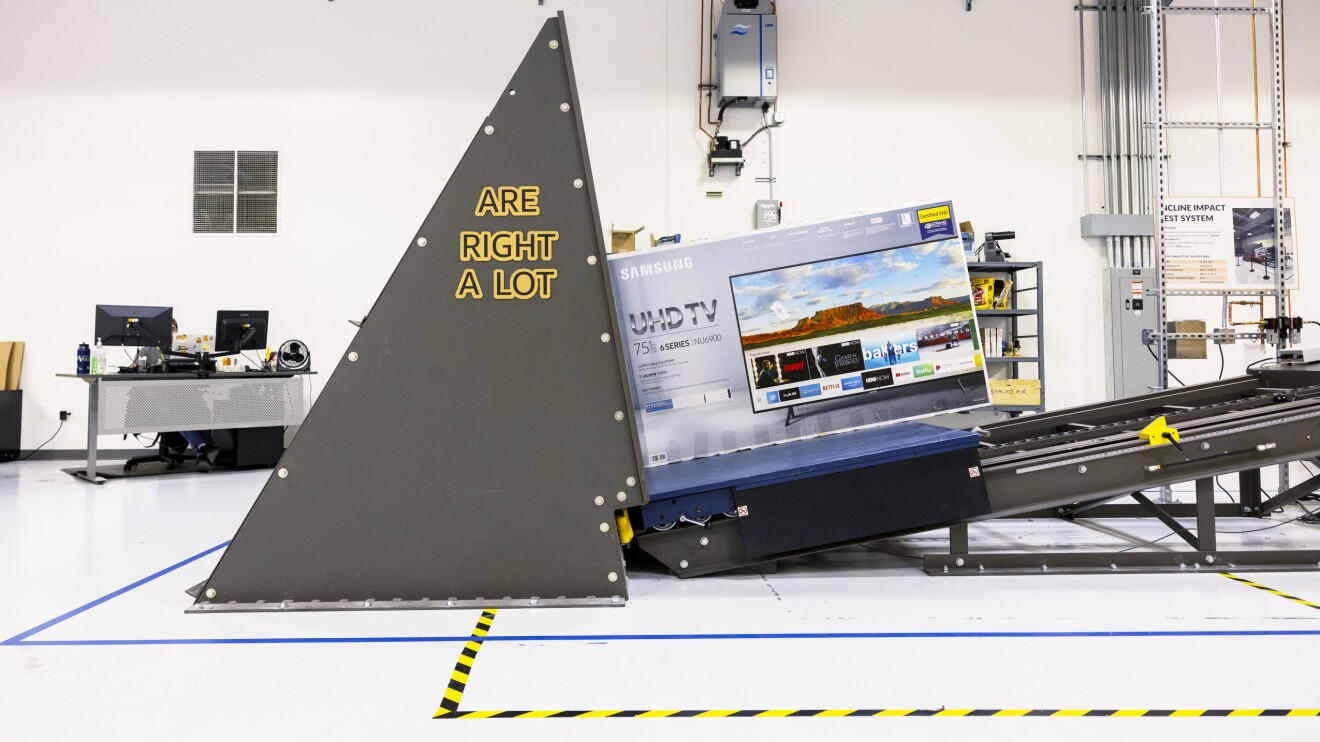
As we moved along past the packaging innovations, we spotted a wall featuring Amazon patents. This wall includes patents for exciting innovations like the original Prime Air drone designs and various fulfillment center robots.
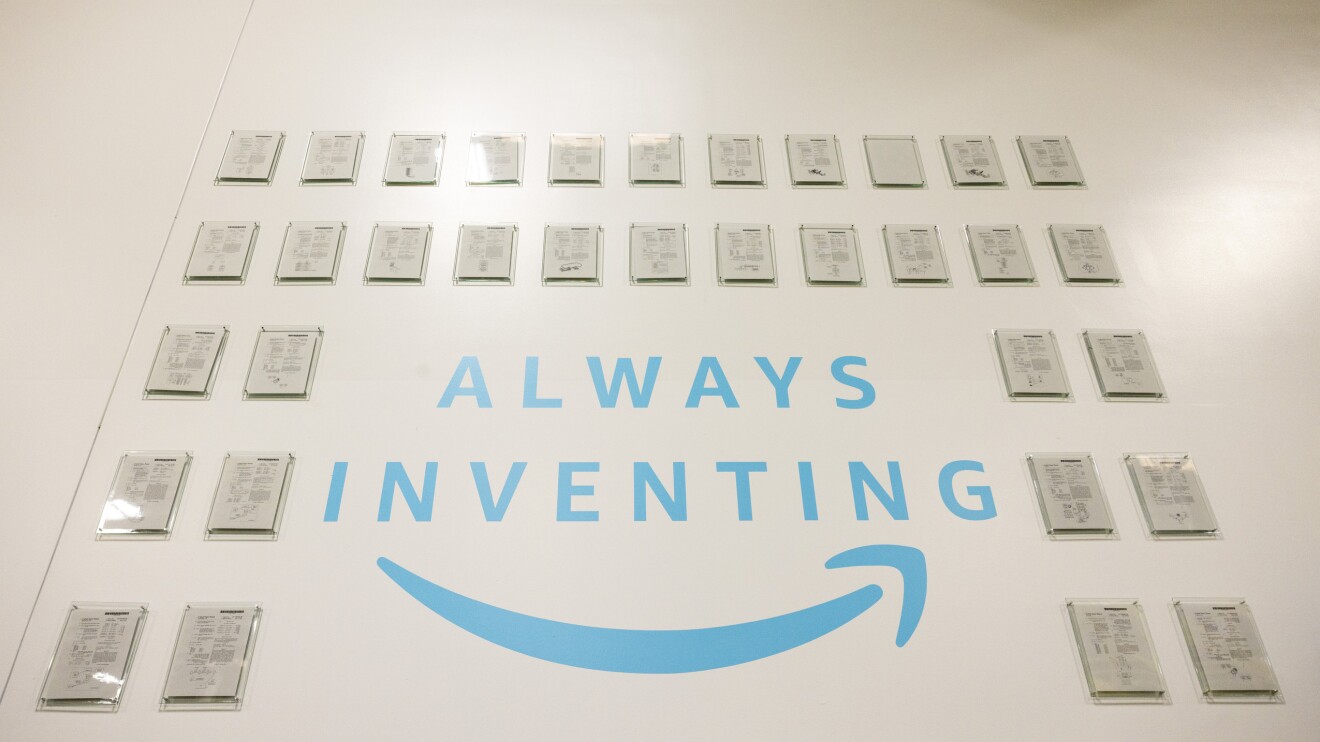
For our final stop, we visited a testing area for the next generation of inventory management. In this area, containers replace our standard yellow fabric pods we saw carrying product around the facility earlier. The new design integrates a number of robotic systems and will help us move, sort and handle customer orders more efficiently and safety.
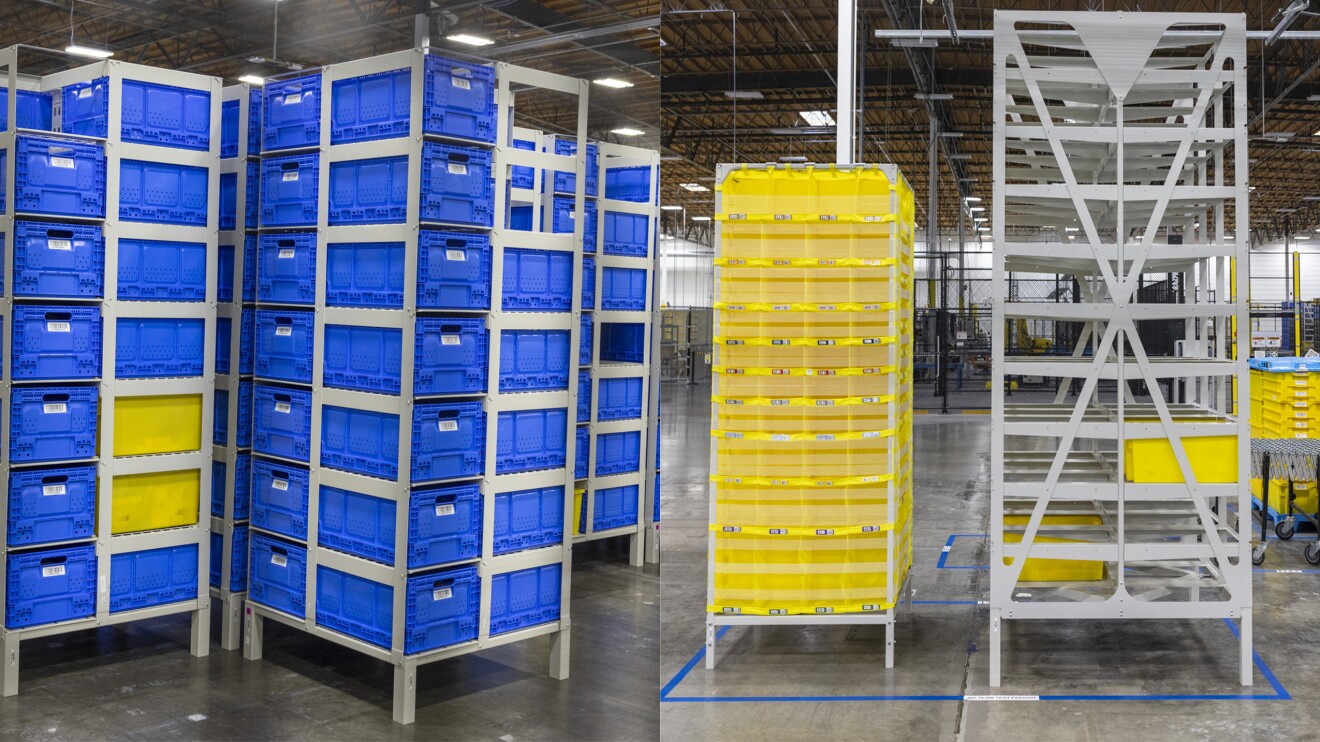
Before we left the facility, we stopped by a room where employees can relax with things like yoga mats, coloring books, and a peaceful sound machine. If you need us, we’ll be here listening to the soothing sounds of the rainforest a bit longer.
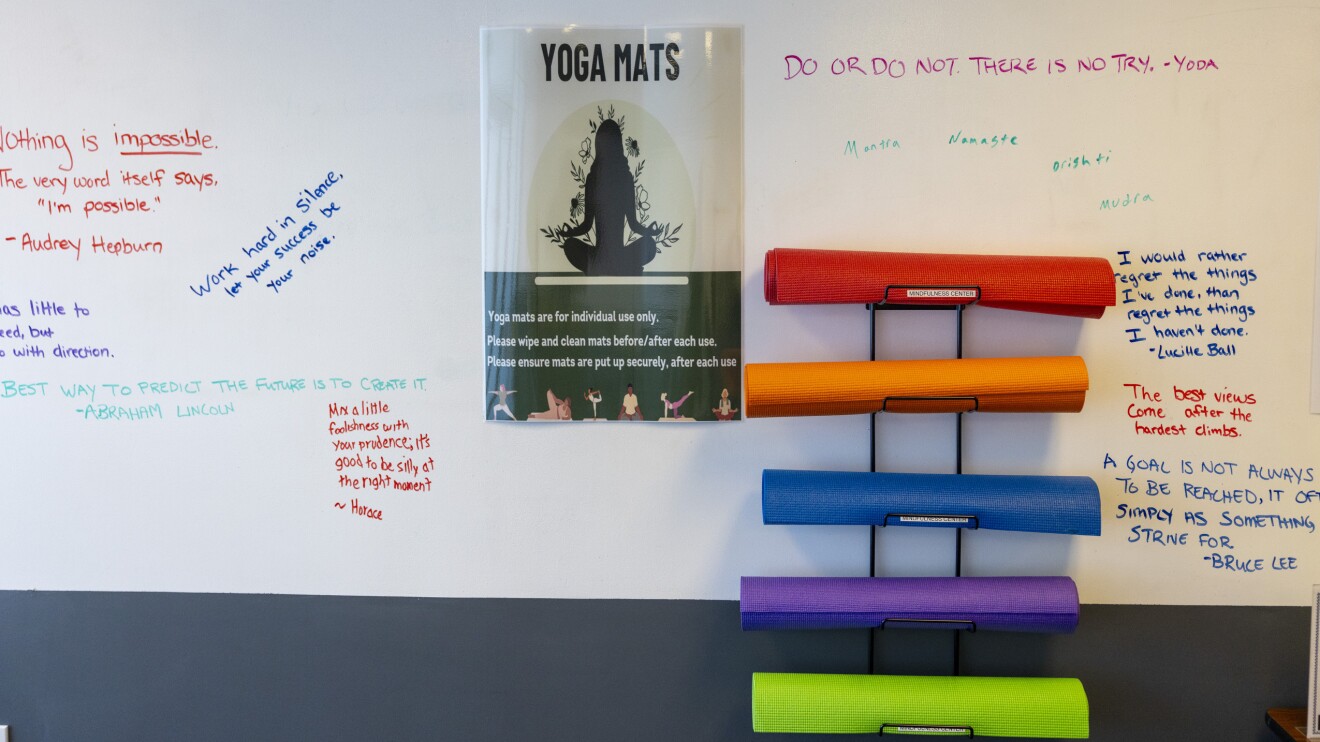
Want to learn more about how we make our robots? Check out the Amazon Robotics headquarters in Boston.
Trending news and stories


